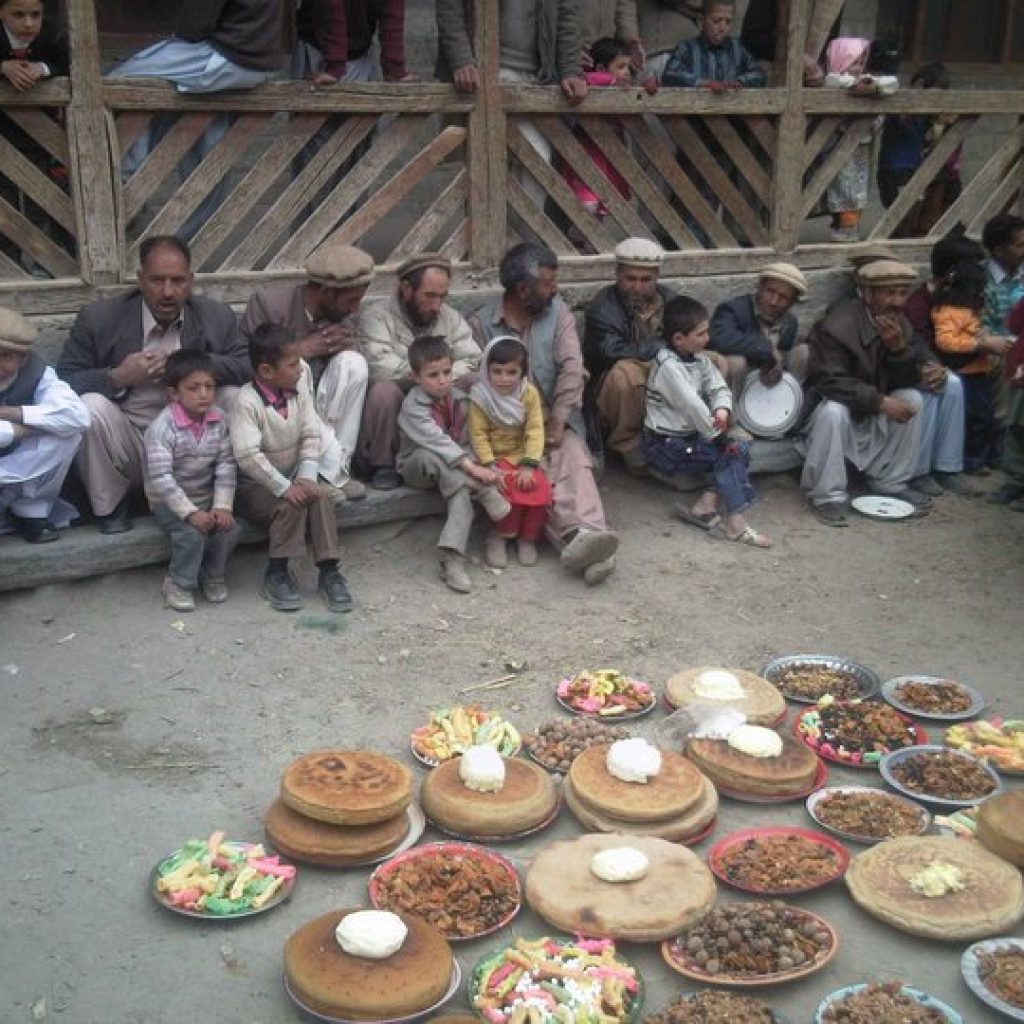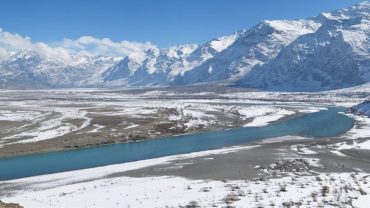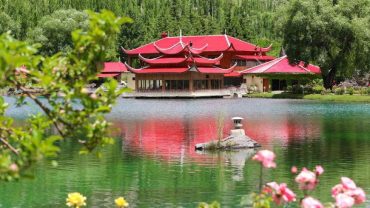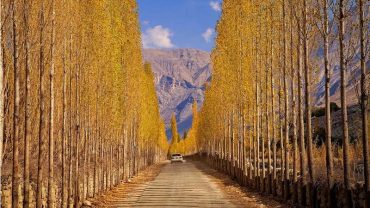
Nestled in the northernmost region of Pakistan, Gilgit-Baltistan is a land of breathtaking landscapes, rich cultural heritage, and warm hospitality. Often referred to as the “Jewel of Pakistan,” this region is a paradise for adventurers, history enthusiasts, and culture seekers alike. A cultural tour to Gilgit-Baltistan is not just a journey through stunning valleys and towering peaks; it’s an immersive experience into the traditions, history, and way of life of its people. Join me as I take you on a virtual tour of this mesmerizing region.
The Gateway to Gilgit-Baltistan: A Warm Welcome
The journey to Gilgit-Baltistan begins with a scenic flight or a thrilling road trip along the Karakoram Highway, often dubbed the “Eighth Wonder of the World.” As you enter the region, you’re greeted by the mighty Karakoram, Himalayan, and Hindu Kush mountain ranges, which stand as silent sentinels guarding this ancient land. The air is crisp, the skies are clear, and the sense of adventure is palpable.
A Melting Pot of Cultures
Gilgit-Baltistan is home to a diverse mix of ethnic groups, including the Balti, Shina, and Burusho people, each with their unique languages, traditions, and customs. The region has been a crossroads of civilizations for centuries, influenced by Tibetan, Central Asian, and South Asian cultures. This rich tapestry of influences is evident in the local art, music, and festivals.
- Festivals and Celebrations: If you’re lucky to visit during a festival, you’ll witness the vibrant culture of Gilgit-Baltistan in full swing. The Shandur Polo Festival, held annually at the world’s highest polo ground, is a must-see. The festival showcases thrilling polo matches, traditional music, and dance performances that reflect the region’s warrior spirit and love for sports.
- Music and Dance: The traditional music of Gilgit-Baltistan, often accompanied by the rhythmic beats of the daf (a type of drum) and the soulful melodies of the sitar, is a treat for the ears. The sword dance and cowboy dance are popular folk dances that tell stories of bravery and love.
Historical Treasures: A Journey Through Time
Gilgit-Baltistan is steeped in history, with ancient forts, Buddhist relics, and centuries-old mosques dotting the landscape. A cultural tour would be incomplete without exploring these historical gems.
- Baltit Fort and Altit Fort: These ancient forts in Hunza Valley are a testament to the region’s architectural brilliance and strategic importance. Baltit Fort, a UNESCO World Heritage Site, offers stunning views of the surrounding mountains and a glimpse into the lives of the region’s rulers.
- Rock Carvings and Petroglyphs: The region is home to thousands of rock carvings, some dating back to the 1st millennium BCE. These carvings depict animals, hunting scenes, and Buddhist symbols, offering a window into the lives of the people who once inhabited this land.
- Kargah Buddha: Located near Gilgit, this 7th-century rock carving of Buddha is a reminder of the region’s Buddhist heritage. The serene surroundings make it a perfect spot for reflection.
Culinary Delights: A Feast for the Senses
No cultural tour is complete without indulging in the local cuisine. Gilgit-Baltistan’s food is a reflection of its rugged terrain and resourceful people. Here are some must-try dishes:
- Chapshuro: A savory pastry filled with minced meat, onions, and spices, often enjoyed as a snack or meal.
- Harissa: A hearty dish made from wheat and meat, slow-cooked to perfection and often served during special occasions.
- Apricot-based Dishes: The region is famous for its apricots, which are used in everything from jams and desserts to savory dishes.
Don’t forget to sip on a cup of namkeen chai (salted tea), a local favorite that warms the soul on chilly mountain mornings.
Warm Hospitality: The Heart of Gilgit-Baltistan
One of the most memorable aspects of a cultural tour to Gilgit-Baltistan is the warmth and hospitality of its people. Whether you’re staying in a traditional guesthouse or sharing a meal with a local family, you’ll be treated like an honored guest. The people of Gilgit-Baltistan take great pride in their culture and are eager to share it with visitors.
Sustainable Tourism: Preserving the Beauty
As you explore this enchanting region, it’s important to travel responsibly. Gilgit-Baltistan’s fragile ecosystem and unique culture need to be preserved for future generations. Support local businesses, respect cultural norms, and minimize your environmental impact to ensure that this hidden gem remains a paradise for years to come.
Conclusion: A Journey to Remember
A cultural tour to Gilgit-Baltistan is more than just a vacation. It’s an opportunity to connect with nature, history, and humanity in its purest form. From the towering peaks of Rakaposhi and Nanga Parbat to the serene beauty of Attabad Lake and the vibrant culture of its people, every moment in Gilgit-Baltistan is a treasure.
So, pack your bags, lace up your hiking boots, and get ready to embark on an unforgettable journey to the heart of Pakistan’s northern paradise. Gilgit-Baltistan awaits, ready to share its stories, its beauty, and its soul with you.
Have you been to Gilgit-Baltistan? Share your experiences and tips in the comments below! If you haven’t, what are you waiting for? Start planning your cultural tour today! 🌄✨





Comment (0)